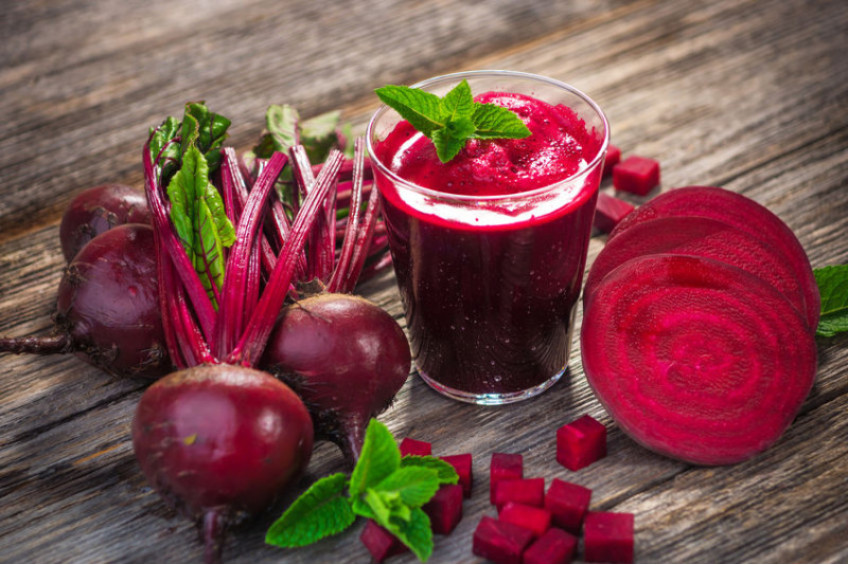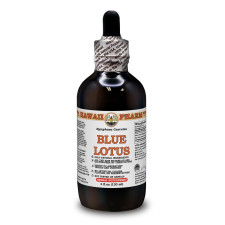- Home
- Alcohol Herbal Extracts
- Alcohol-FREE Herbal Extracts
- Veterinary Herbal Extracts
- Partnership
Partnership
We are open for cooperation with all interested persons or organizations. We have plenty of partners from all around the world and are looking for a long-term cooperation with new ones. At the present time we offer the following cooperation models:

WHOLESALER
We offer up to 30% discounts for wholesalers. The exact discount amount is dependent on your order amount, quantity and size of items. Minimum order amount is $300.

PRACTITIONER
Only for licensed practitioners! Create an account as practitioner and get special exclusive promotions. This kind of account is required manual approve.

AFFILIATE PROGRAM
Do you recommend us to your friends, family, colleagues and/or clients? If so: Thanks! We really appreciate it! Join our affiliate program. It’s by far the best way to monetize your Twitter or Facebook page, blog, or website.
- Blog
- Contact Us

SIMPLE BEET ROOT
COMMON NAME: Beetroot
LATIN NAME: Beta Vulgaris
OTHER NAMES: Beet, Aka Kabu, Acelga
ORIGIN: India
HABITAT: Europe, Asia, North Africa
BOTANICAL INFORMATION: Beet Root (lat. Beta vulgaris) is a species of the genus Beet, the Amaranth family (previously the genus belonged to the Mature family). It is a two-year (less often perennial) herbaceous plant 0.2 to 1.2 m. height. The root of the wild form is thin and the root of the cultivated form is fleshy, thick. The leaves of the beets are oblong-oval or oval-heart-shaped and are of green and purple color. Flowering occurs only in the second year of the plant, in July - August. On the flower-bearing stem, there are panicled inflorescence from axillary, bisexual, green colored flowers. Small insects and wind pollinate them. The fruits ripen at the end of August – September. They are single-seeded boxes, fused together into seed-balls (2 - 6 pcs.).
CHEMICAL COMPOSITION: Raw beetroot contains 88% of water. Beta Vulgaris ordinary contains a large amount of fiber, vitamin C, A, PP, vitamins of group B, as well as pectins and glucose. Beet is rich in folic and pantothenic acid. It also contains macro- and microelements (potassium, sodium, calcium, boron, vanadium, iron, magnesium, manganese, iodine, cobalt, copper, zinc, phosphorus, sulfur, cesium, rubidium, chlorine). Also triterpene glycosides and organic acids: citric, oxalic, malic; amino acids: betaine, betanin, lysine, valine, arginine, histidine are found in Beet Root. The amount of ascorbic acid, beta-carotene and folic acid is higher in beet leaves than in roots.
SOME HISTORY AND INTERESTING FACTS:
The first mention of beets appear in the Mediterranean and Babylon, where it is described as a vegetable plant. Firstly, only its leaves and petioles were eaten.
A large variety of Beet Root appeared only after the 16th century, and beets firmly conquered the position of valuable vegetable crops.
Sugar beet appeared much later, after intensive work of breeders. In 1747, Andreas Marggraf discovered sugar in beets that looked like cane sugar.
In 1802, a factory was opened in Lower Silesia. Since then, sugar beet has been the second source of sugar after sugarcane, and has now spread everywhere except Antarctica.
In ancient Greece, beetroot was a symbol of quarrels and troubles. If someone wanted to mock at somebody, they sent him a beet as a gift.
Interesting to know that beetroot is the sweetest vegetable and champion among vegetables in iodine content.
*Be sure to follow relevant directions on product labels and consult your pharmacist or physician or other healthcare professional before using.
Get exclusive deals you will not find anywhere else straight to your inbox!
Subscribe / UnsubscribeCookies policy
 We use cookies and similar technologies that are necessary to operate the website.
You can consent to our use of cookies by clicking "Accept..."
We use cookies and similar technologies that are necessary to operate the website.
You can consent to our use of cookies by clicking "Accept..."
Get exclusive deals you will not find anywhere else straight to your inbox!
Subscribe / UnsubscribeWe meticulously produce our extracts according to precise standards where each herb is extracted according to the distinct characteristic of each plant! Hawaii Pharm LLC offers the biggest choice of liquid herbal extracts in the World!

Hawaii Pharm LLC - Nature Heals. Highest Quality Herbal Products Since 2008.


















